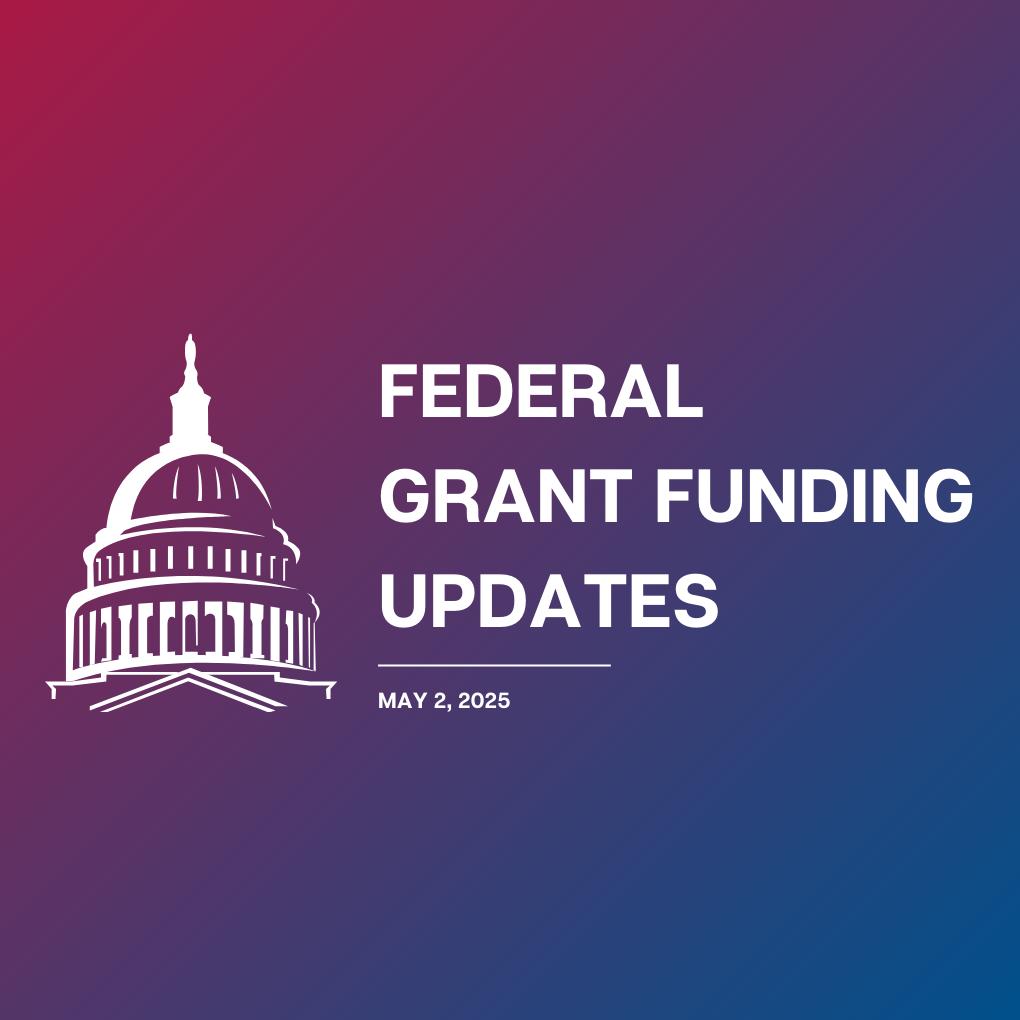
White House FY2026 Budget Proposal: Massive Cuts and Agency Eliminations
The White House's FY2026 Discretionary Budget Request proposes dramatic restructuring across federal agencies, with significant consolidations and eliminations affecting education, health, environment, and community programs while boosting infrastructure, defense and economic competitiveness initiatives. If passed, these changes would fundamentally transform the grant landscape for thousands of organizations nationwide.
On April 29, 2025, the White House released its Fiscal Year 2026 Discretionary Budget Request, proposing sweeping reforms aimed at dramatically reshaping federal funding across nearly every agency. The proposal—framed by the Administration as an effort to "end the weaponization of government" and "cut wasteful spending"—emphasizes consolidation, deregulation, and defunding of numerous programs, while increasing investment in national infrastructure, defense, and economic competitiveness.
The proposed changes would represent one of the most significant restructurings of federal grant programs in decades, with potential impacts for grantseekers across all sectors. Here's a comprehensive breakdown of the key changes by sector:

Here’s a breakdown of the most critical changes for grantseekers from the proposal:
Education: Major Restructuring, Simplification, and Cuts
Creates new simplified block grants for K–12 and Special Education, replacing 25+ existing programs.
Preserves Title I funding for low-income school districts.
Increases Charter School funding by $60M.
Eliminates TRIO, GEAR UP, Teacher Quality Partnerships, and the Office of Civil Rights funding is cut by 35%.
Health and Human Services: Targeted Eliminations, Refocusing on Direct Care
Eliminates LIHEAP, Community Services Block Grants, and many Maternal and Child Health programs.
Major consolidation within HRSA; cuts to HIV/AIDS training, workforce development, and family planning programs.
CDC sees deep cuts to chronic disease, environmental health, and global health programs.
NIH funding cut by nearly $18B, with narrowed focus on 5 core research areas.
Eliminates all SAMHSA discretionary grants, AHRQ grants, and hospital preparedness programs.
Environment: A New Focus on Water Crises, with Major Program Retirements
Boosts funding for drinking water emergencies and tribal water systems.
Cuts $2.5B from State Water Revolving Funds, eliminates 16 categorical grants, and discontinues Diesel
Emissions and Atmospheric Protection programs.
Homeland Security, Justice & Defense
Terminates multiple DOJ “woke” grant programs, unspecified but noted in theme.
Defunds Targeted Violence and Terrorism Prevention, Shelter & Services Program.
Energy Department sees realignment of ARPA-E, EERE, and fossil energy research to align with “domestic abundance.”
HUD, Transportation, and Infrastructure: Reductions and Refocusing
Eliminates CDBG, HOME, PRO Housing, and Fair Housing programs.
Consolidates rental assistance block grants, cuts $26.7B.
Increases funding for air traffic control, rail safety, small shipyards, and port infrastructure.
Science, Research, and Technology
NSF budget slashed; DEI, climate, and low-priority social science programs eliminated.
AI and quantum computing research remain protected.
NASA receives $1B for Mars exploration; specifics unclear.
Small Business & Workforce: Refocused and Restructured
Ends most SBA grant programs; retains SBDCs only.
Creates “Make America Skilled Again (MASA)” block grant for state-led workforce development.
Eliminates Job Corps, SCSEP, and Women’s Business Centers.
Eliminated Agencies and Programs
AmeriCorps, Corporation for Public Broadcasting, NEA, NEH
Interagency Council on Homelessness, IMLS, US Institute of Peace
Numerous regional commissions and minority-focused agencies
What Happens Next?
Congressional Hearings Begin (May-June 2025) – Cabinet secretaries testify to justify their proposed budgets.
Appropriations Committees Draft 12 Bills (June-August 2025) – These are the actual funding laws for different areas (Defense, HHS, Education, etc.).
Compromise and Reconciliation (August-September 2025) – Any proposal that's controversial (and many here are) will likely be modified or removed.
Final Budget or Continuing Resolution (by October 1, 2025) – If no agreement is reached, the government risks a shutdown or requires a stopgap funding bill.
Historical Context
The President's proposal is just that– a proposal. Congress has no obligation to adopt the President's budget. Many of the proposed eliminations have significant historical precedents:
The National Endowment for the Arts (NEA) has faced elimination attempts dating back to the Reagan administration in 1981, though Reagan ultimately maintained funding. Speaker Newt Gingrich led another significant attempt in 1994, and Trump proposed elimination in his 2018 budget as the first president to propose zeroing out all NEA funding.
Community Development Block Grants, enacted in 1974, have faced numerous elimination attempts, though funding has generally been maintained by Congress due to strong support from local governments, albeit with inflation-adjusted funding declining significantly over time.
These historical patterns suggest that programs with broad bipartisan and community support often survive elimination attempts, though funding levels may be reduced or restructured. With a razor-thin majority in Congress, the GOP may have to compromise with Democratic legislators to keep the government open.
What This Means for Grantseekers
This budget—if passed—would fundamentally shift the grant landscape. Many discretionary grant programs across education, health, environment, and community development are proposed for consolidation or elimination. Simultaneously, funding is redirected toward infrastructure, defense, fossil energy research, and high-tech innovation.
GrantExec will continue tracking these developments closely. Diversify your funding strategies, adapt to block grant structures, and, if pursuing federal dollars, align with Administration priorities in infrastructure, national security, and economic competitiveness.
Stay tuned for updates as the FY2026 budget moves through Congress. For a tailored analysis of how these changes may affect your funding strategy, contact the GrantExec team. GrantExec tracks over 50,000 non-federal funding sources. Explore today's open grant opportunities at platform.grantexec.com.
